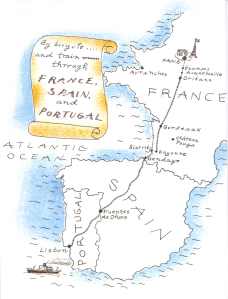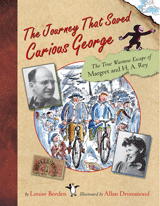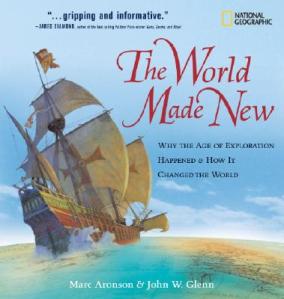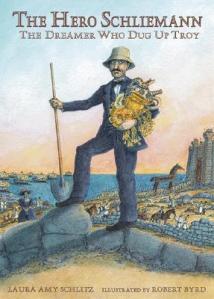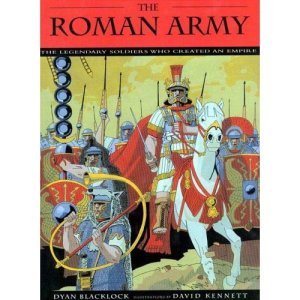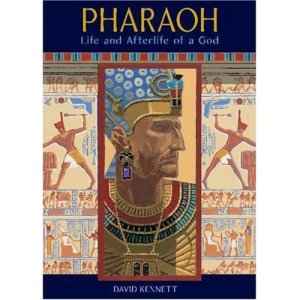Longest blog post title ever…
The bill was HB 1652, and you can read the history of how we got here in an earlier post.
The terminology of legislative committees is QUITE confusing… apologies to all. Enacting legislation is messy… today was a little messier than most.
When the problem with the police officer and daycare worker surfaced, the deadline for introducing legislation had already passed, so Rep. Bell made a quick search for already introduced bills which dealt with the appropriate section of state law (sometimes abbreviated as TCA , stands for Tennessee Code Annotated). Rep. Ferguson had originally introduced a bill dealing with the section of state law governing Church-related schools (the so-called “caption” of the bill must state which section of state law will be amended). Rep. Bell and Rep. Ferguson agreed to use his bill to try to amend state law so that diplomas from church-related schools would be accepted by state agencies, regardless of whether the church-related school was accredited. To do that, they needed to take Rep. Ferguson’s original bill and “re-write” it by amending it and stripping out all of the original language and substituting the new draft that they wanted.
So, Rep. Bell and Rep. Ferguson were the co-sponsors of a bill before the House Education Committee today, and their first task was to seek to have the committee approve their amendment which re-wrote the bill to do what they wanted.
In the meantime, the department of Ed’s representative (Dr. Opie?)) had informally circulated an amendment to Rep. Bell’s bill. That amendment would have required CRS’s to only hire instructors with baccalaureate degrees. That amendment was never introduced, although Dr. Obee make some joking references to it having been circulated widely around the state. His logic was that if the state was going to have to accept a CRS Cat IV diploma, then the state should have some oversight over what was taught and who taught it. Topic for more discussion later.
So… Rep. Bell and Rep. Ferguson present their bill to the committee. Their first order of business is to request that the bill be amended with their agreed-on new language (which had been reviewed and recommended by a sub-committee). At that point, the Memphis delegation began their hour-long filibuster and proposal of an “amendment to the amendment” of the bill which would amend existing state law. Everybody still with me?
The Memphis amendment would have directed the State Department of Education to recognize those public school students who completed all their course work but failed the Gateway tests as having valid high school diplomas as well as recognizing category IV diplomas as valid if issued before July 1, 2008. Next year, of course, we’d be back in the same dilemma and fighting with the legislature all over again. The Memphis delegation tactic was to hijack this bill for their own purposes. Gateway tests have already been re-defined to count as only 25% of course grades, rather than being must-pass, but they are valiantly attempting to get high school diplomas for kids who have been unable to pass the Gateway tests in years past.
On the vote on the Memphis amendment, the Chairman (Rep. Les Winningham) originally called for a voice vote and then announced that the Memphis amendment had passed. Rep. Bell asked for a roll call vote. He can’t get one automatically, unless a Rep. on the committee asks for one. When one of the committee members asked for the roll call, the chairman directed the clerk to call the roll. Much to the embarrassment of the chairman, the roll call showed that the amendment had failed by a vote of 7-10.
So the Memphis amendment was defeated… now they were back to Rep. Bell and Rep. Fergusons’s original request to re-write the bill with their agreed-on language. That vote was also done by roll call and it passed, 9-7 with one voting present. It was immediately followed by a vote on the amended bill itself, reporting it out of committee (called “sending it to calendar and rules,” which is the committee which actually schedules bills for the full house of representatives). That vote, also by roll call was identical, 9-7 with one voting present.
Result: Representative Bell’s and Representative Ferguson’s bill came out of the Education Committee exactly the way they wanted it, written the way they wanted, without any amendment that they don’t want.
The Department of Ed amendment which would have required a baccalaureate degree for every instructor in grades 9-12 was never introduced or voted on. The Memphis amendment which would have dealt with prior year Gateway exam stopped public school students AND only recognized CRS diploma’s through July of 2008 was also defeated.
This is an important (and surprising) result. The bill which was reported out would require all state agencies to accept CRS diplomas as valid high school diplomas. Period. Regardless of whether the CRS was category II, III, or IV. This was the situation until just this year. In effect, it reverses the new policy of the department this year which began treating non-accredited CRS diplomas as invalid. It would require DHS to accept Cat IV diplomas as valid for work in a day care center, and it would require the Police accreditation commission to accept CRS diplomas as valid for those seeking to be police officers.
Next step: the bill must pass the full house of representatives AND a companion bill must pass the state senate AND then be signed by the Governor. None of these three steps is automatic or easy… though they may be easier than the mountain that had to be climbed today.
UNLESS this bill is passed, the state dept of ed will apparently continue to treat Cat IV diplomas as “worthless.” We need this bill to pass. Ironically, its not so important for homeschooled students who go on to college. Colleges and universities both in TN and nationwide have had NO problems with Cat IV diplomas. They have the ACT/SAT and other criteria to go with them. It’s the jobs that do not require a college degree but DO require a high school diploma where the problems have arisen. You don’t have to have a college degree to be a police officer – but you do have to have a high school diploma. You don’t have to have a college degree to work in a day care center – but you do have to have a high school diploma. It is in precisely those two situations where the problem has arisen. Please stay in touch with your homeschool community over the next two weeks. There is much work still to do in order to get this bill passed.
Footnote: Though the Dept spokesman today did say that they were going to internally review individual cases and would attempt to handle exceptions( like the police officer who had completed the police training academy but was then told he could no longer serve as an officer because his Cat IV high school diploma was not acceptable), I do not find that reassuring. The old homeschool law required a college degree to be able to homeschool your high school student unless you had a waiver from the Commissioner of Education. In 10+ years, despite a number of well-documented and reasonable requests, no Commissioner ever granted a waiver.
– Rob Shearer
Publisher, Greenleaf Press
Director, Schaeffer Study Center
